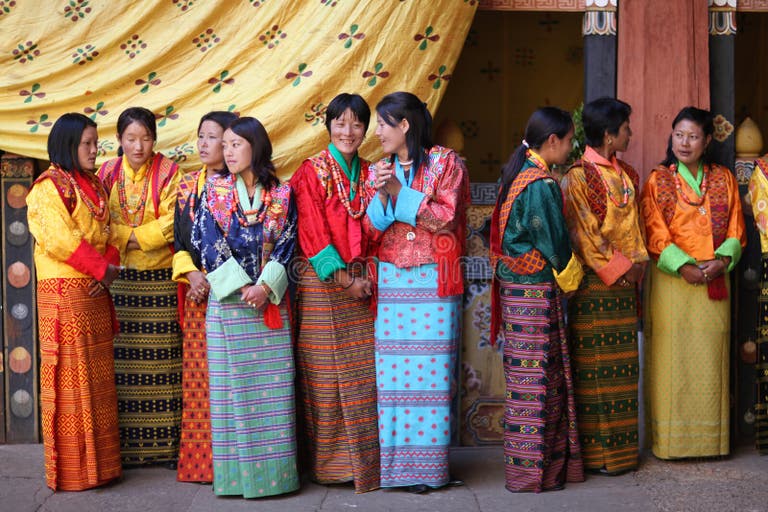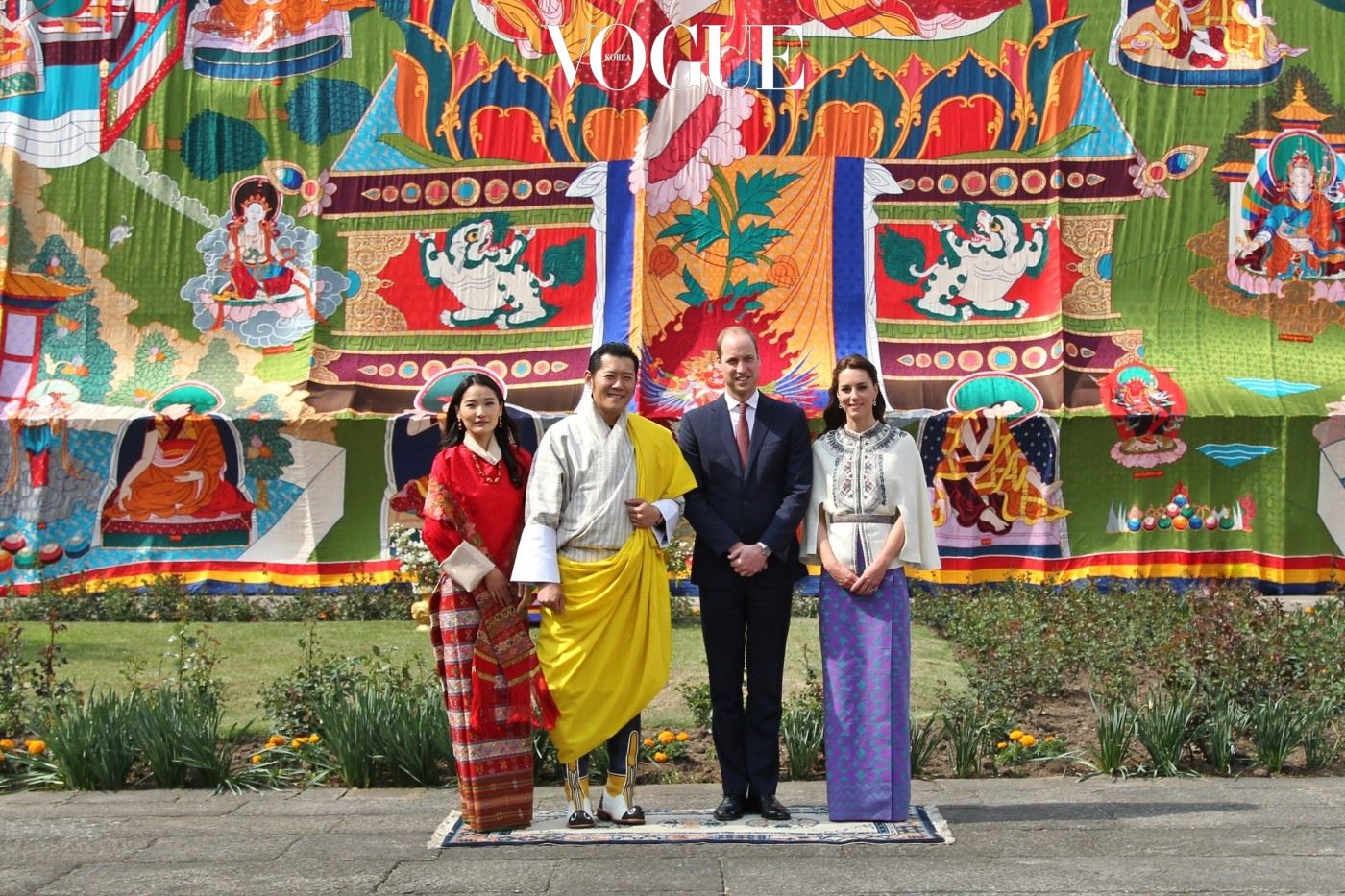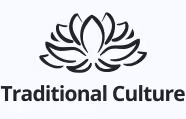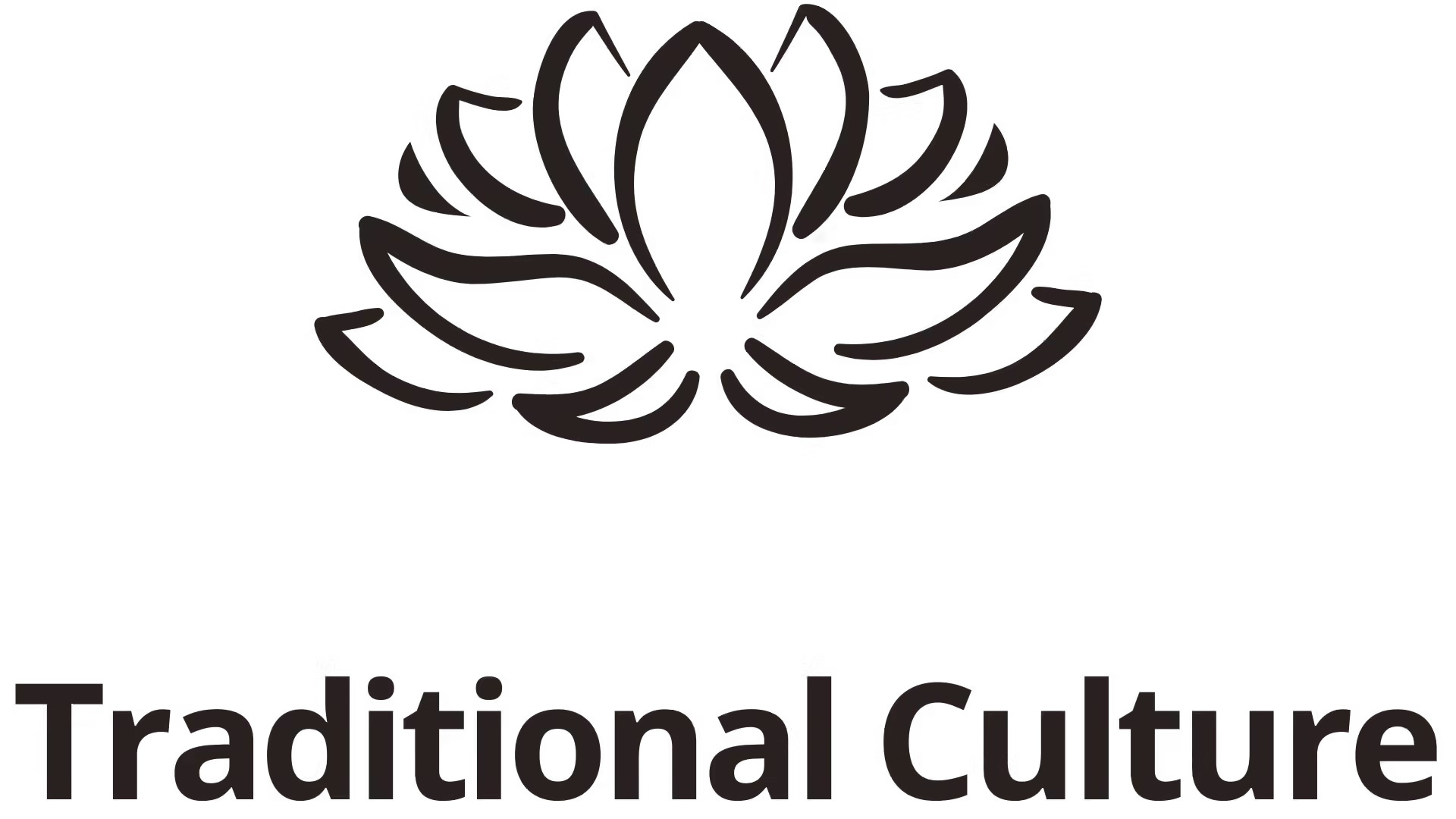Gho & Kira (Bhutan) are more than mere garments; they are a profound expression of the rich tapestry that constitutes Bhutanese culture and identity. Worn traditionally by men and women respectively, these outfits are woven with stories of history, heritage, and national pride, embodying the essence of what it means to be Bhutanese.
Understanding Gho: The Traditional Men’s Attire

Gho is not just an outfit; it is a symbol of masculinity, dignity, and tradition in Bhutan. Its origins trace back to the 17th century when it was introduced by Ngawang Namgyal, the unifier of Bhutan. The gho has evolved over time, but its core elements have remained intact, making it a timeless piece of clothing that conveys a sense of belonging and cultural heritage.
Historical Context of the Gho
The inception of gho can be seen as a response to the socio-political climate of 17th century Bhutan. As Ngawang Namgyal sought to unify various regions under a single identity, the gho emerged as a means of promoting a cohesive cultural symbol. This historical underpinning enriches the garment’s significance, as it encapsulates the spirit of Bhutan’s struggle for unity and independence.
Today, every region in Bhutan has its own unique variations of the gho, featuring distinctive patterns and colors. These regional differences reflect local customs, traditions, and even social status, creating a vibrant mosaic of attire that represents the diverse Bhutanese society.
Craftsmanship and Design Elements
One of the most captivating aspects of the gho is its intricate craftsmanship. Each gho is handcrafted from locally sourced fabrics, often adorned with elaborate motifs that tell stories of nature, mythology, and daily life. The weaving process is labor-intensive, requiring skill and patience.
The design itself features a knee-length jacket style, secured with a belt known as ‘kera’. The fabric is generally a heavy material called ‘kira’, which lends it weight and structure. Moreover, colors play a significant role—each hue carries specific meanings tied to cultural beliefs and practices. For instance, red symbolizes strength and power, while green signifies harmony and peace.
Gho in Modern Bhutanese Society
In contemporary Bhutan, the gho serves multiple functions. It is worn during traditional celebrations, festivals, and religious ceremonies, reinstating a tangible connection to Bhutanese heritage. However, its role extends beyond ceremonial occasions. Many Bhutanese people proudly don their ghos during everyday activities, showcasing their adherence to cultural traditions in an increasingly modern world.
This commitment to wearing gho reflects a broader societal value around preserving cultural identity amidst globalization. In a fast-evolving world, the act of wearing traditional attire becomes an assertion of self-identity against the backdrop of modern influences. The gho stands as a defiant reminder of Bhutan’s unique heritage, fostering a sense of community and continuity among its citizens.
Exploring Kira: The Elegant Women’s Garment

Just like gho, kira represents the artistic and cultural soul of Bhutanese women. Worn primarily by women across different regions, the kira is a stunning dress characterized by its vibrant colors and intricate designs. Each kira is a celebration of femininity, elegance, and artistry, reflecting the aesthetic values held by the Bhutanese people.
Historical Roots of Kira
Tracing back through the annals of Bhutanese history, the kira has long been a staple in women’s fashion. Its origins are deeply intertwined with the social and cultural evolution of Bhutan. Historically, women wore the kira not just as a form of dress but as a statement of their status within society.
Over the years, the design of the kira has transformed, adapting to changing times while still retaining its fundamental characteristics. Initially made from homespun textiles, modern kiras are often crafted from imported silk or cotton, bringing together both traditional craftsmanship and contemporary materials.
Crafting the Perfect Kira

The beauty of the kira lies not only in its design but also in the artisanal skills required to bring it to life. Handwoven fabrics create a tactile experience, one that connects the wearer to the artisans who meticulously create them.
Each kira is typically ankle-length and is secured at the waist with a belt, allowing for ease of movement. The colors and motifs chosen for each piece are indicative of the wearer’s personal taste, as well as the cultural narratives prevalent in their community. For instance, many kiras feature floral patterns symbolizing fertility and prosperity, embodying the aspirations of the wearer.
Kira’s Place in Contemporary Culture
In today’s fast-paced world, the kira still holds immense significance for Bhutanese women. It is worn on special occasions, family gatherings, and cultural events, serving as a bridge between generations. The act of dressing in a kira resonates deeply with the values of femininity, grace, and dignity, reinforcing the notion of cultural continuity.
Moreover, the increasing visibility of kiras at international events showcases Bhutan’s rich heritage on the global stage. Women leaders and representatives donning kiras during diplomatic engagements highlight the importance of cultural representation in politics. This not only augments their identity as Bhutanese but also emphasizes the role of women in shaping the nation’s narrative.
The Cultural Fabric of Gho & Kira in Social Life
Beyond their function as clothing, gho and kira are integral to Bhutanese social life. They serve as vehicles for expressing identity, solidarity, and cultural pride, weaving together the very fabric of Bhutanese society.
Festivals and Celebrations

Throughout Bhutan, festivals such as Tshechu are pivotal moments where gho and kira take center stage. During these celebrations, communities come together to participate in rituals, dances, and performances.
Wearing traditional attire during these events fosters a sense of belonging and shared identity. The vibrant colors of the gho and kira not only celebrate individual heritage but intertwine to form a collective memory, binding communities through shared experiences.
Moreover, the visual spectacle of thousands dressed in gho and kira creates a kaleidoscope of color, enhancing the festive atmosphere. Here, one can see how these garments transcend their physical form, transforming into symbols of national pride and communal ties.
Everyday Life and Daily Practices
Distinctively, gho and kira are more than just formal attire; they permeate everyday life in Bhutan. Whether visiting local markets, attending school, or engaging in community activities, Bhutanese people embrace their traditional dress as a way of life.
This dedication to wearing gho and kira reflects a deep respect for cultural heritage. Their presence in daily routines promotes cultural awareness and appreciation among younger generations. Children growing up seeing their parents and elders in traditional attire learn to understand the significance of their customs, ensuring that the legacy of gho and kira continues to thrive.
The Role of Gho & Kira in Modern Bhutan
In an era of globalization, gho and kira remain steadfast representations of Bhutanese identity. While Western fashion influences are undeniable, the commitment to wearing traditional garments stands out as a powerful statement against cultural homogenization.
Bhutanese government policies promoting the use of gho and kira in schools and workplaces reinforce this sentiment. By embedding traditional attire into the fabric of modern life, Bhutan ensures that its cultural heritage remains alive and relevant, even as the country progresses.
Furthermore, festivals centered around gho and kira attract tourists interested in experiencing Bhutanese culture firsthand. This influx of visitors provides economic opportunities while simultaneously fostering an appreciation for the nation’s traditions.
Gho & Kira as Symbols of National Identity
As Bhutan navigates the complexities of globalization, gho and kira emerge as potent symbols of national identity. They are not merely articles of clothing; rather, they embody the spirit and resilience of the Bhutanese people.
Political Importance of Gho & Kira

When high-ranking officials and political leaders wear gho during international engagements, it transcends clothing choice—it’s a declaration of cultural pride and national integrity. This practice reinforces the idea that Bhutan’s identity is inherently tied to its cultural heritage.
Moreover, the visibility of gho in political contexts promotes conversations about cultural preservation, encouraging other nations to recognize the importance of protecting their unique identities amid globalization. The melding of culture and politics exemplifies how deeply intertwined these elements are, revealing the ways in which fashion can influence national discourse.
Economic Implications of Traditional Attire
The international appeal of gho and kira offers economic opportunities for Bhutan. The rise of cultural tourism invites travelers to explore Bhutan’s unique offerings, including its traditional attire. Visitors are often keen to buy authentic garments or participate in workshops that teach gho and kira production techniques.
This burgeoning interest serves as a dual boon: it supports local artisans and weavers while simultaneously promoting Bhutan’s cultural heritage on a global scale. By positioning the nation as a destination for cultural exchange, gho and kira become ambassadors of Bhutanese identity.
The Future of Gho & Kira

As Bhutan moves forward, the future of gho and kira appears bright. The youth, inspired by their parents’ commitment to tradition, actively embrace these garments, infusing them with modern sensibilities. From adapting patterns to incorporating contemporary styles, young Bhutanese designers are revitalizing traditional clothing while ensuring its relevance in today’s world.
Additionally, fashion shows and exhibitions focusing on gho and kira provide platforms for creative expression. Through innovative interpretations, these events emphasize that Bhutan’s cultural heritage is not static—it is a living, evolving narrative shaped by those who wear it.
Conclusion

In conclusion, Gho & Kira (Bhutan) stand as magnificent testaments to the nation’s cultural legacy. They are not just pieces of clothing; they encompass stories of history, identity, and national pride. As Bhutan navigates the challenges of modernity, these garments will continue to forge connections between past and present, grounding the Bhutanese people in their rich cultural heritage while embracing a dynamic future. Through the continued celebration and preservation of gho and kira, Bhutan asserts its unique identity in a rapidly changing world, ensuring that these symbols of unity and resilience endure for generations to come.








